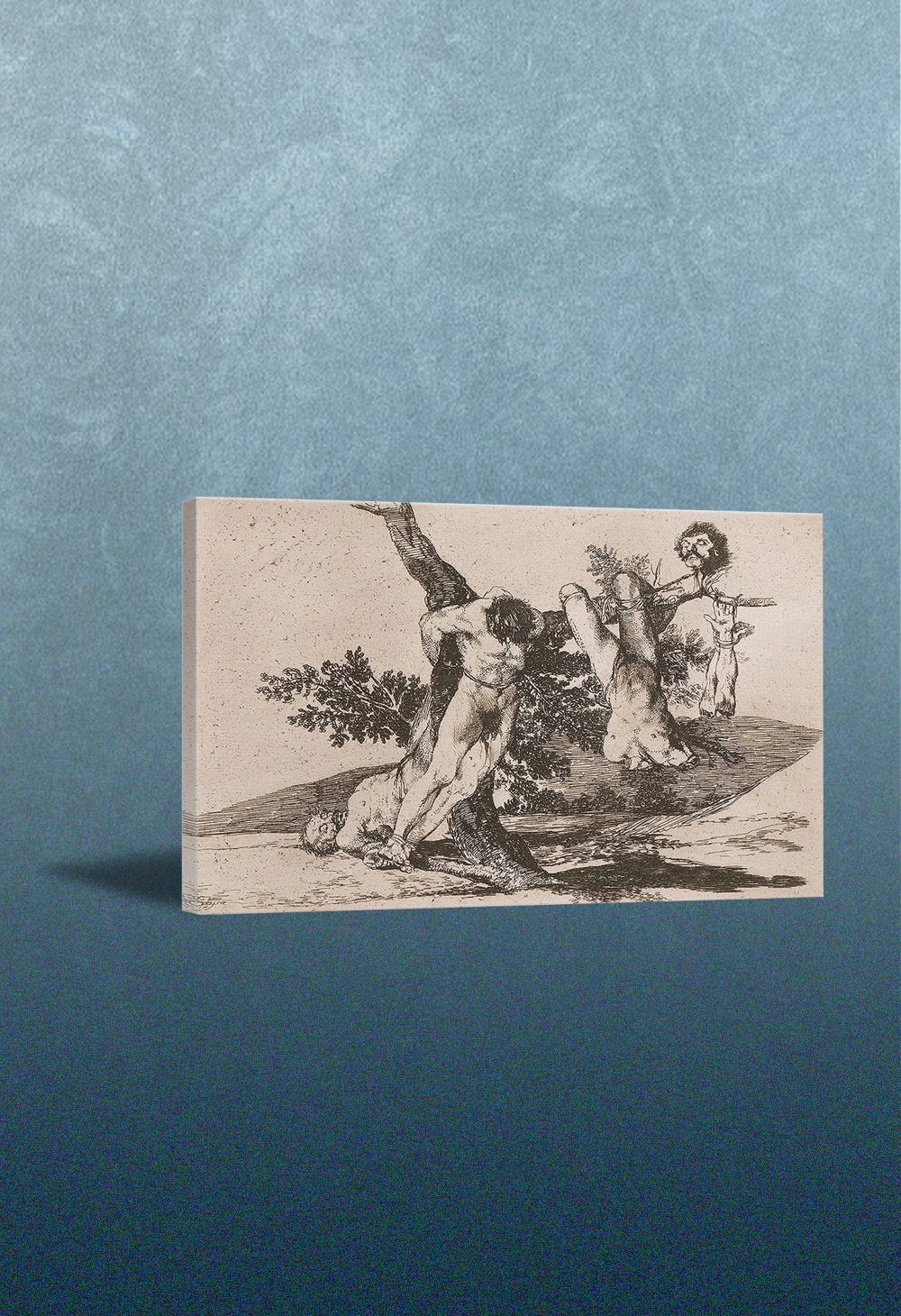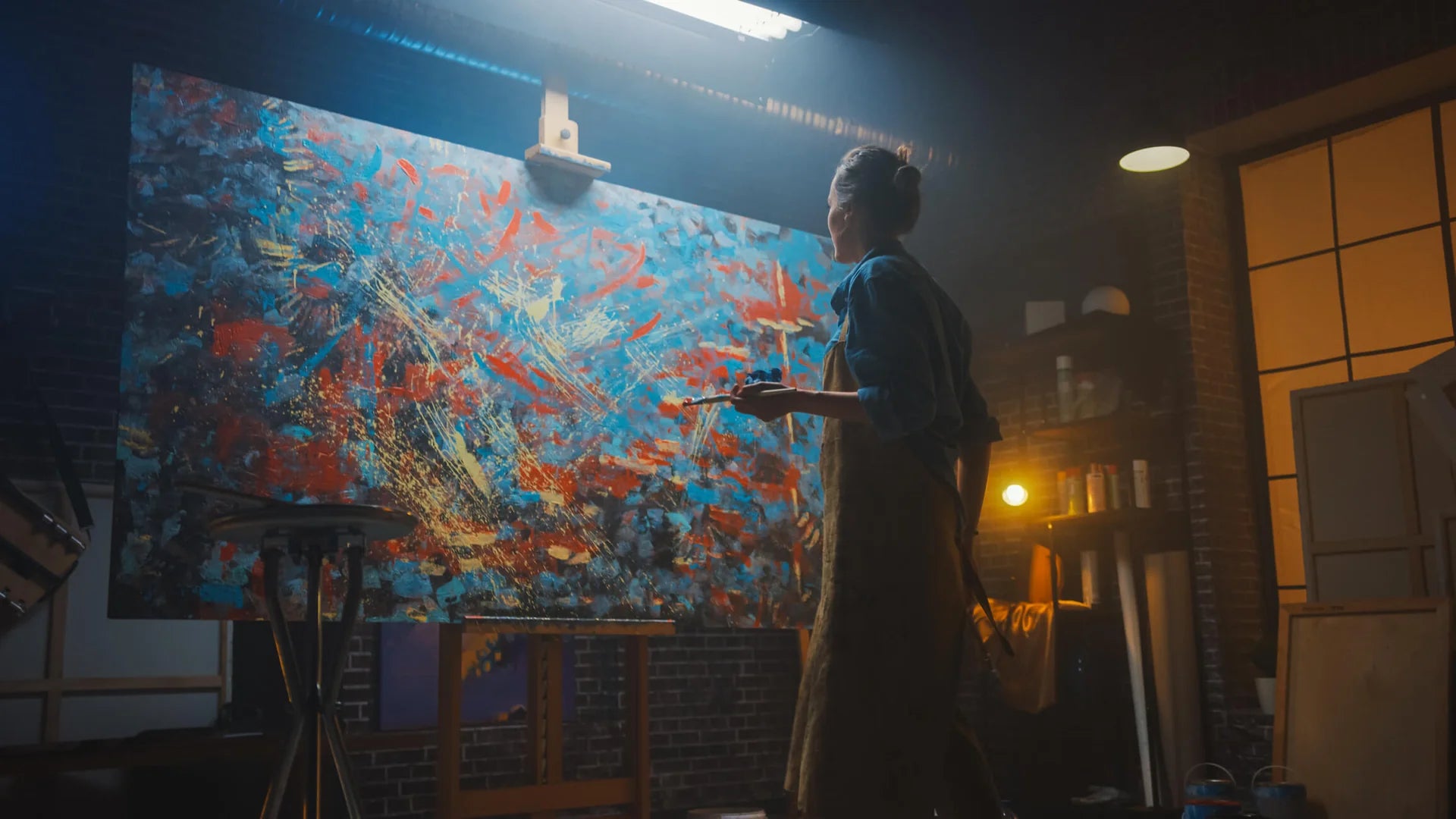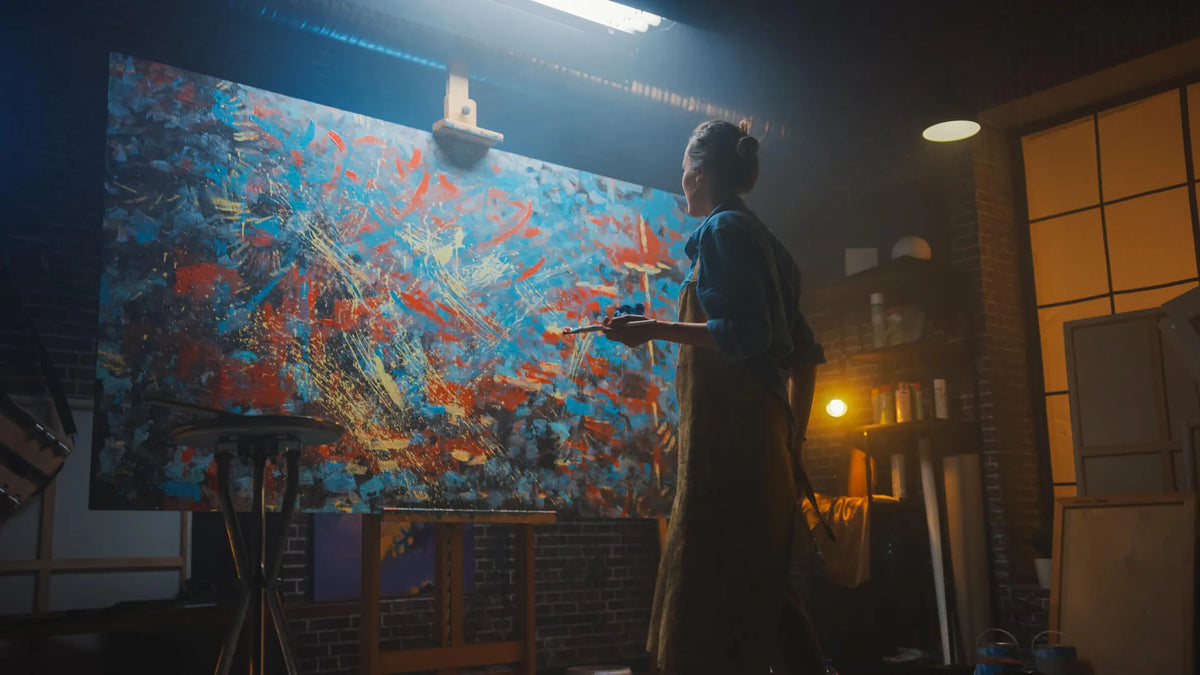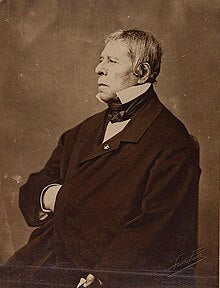
Francisco de Goya
Francisco de Goya (1746–1828) was a Spanish painter and printmaker, born in Fuendetodos, Aragón, and later residing in Madrid. He is often regarded as the father of modern art due to his innovative approach and emotional depth. Goya’s work spans several genres, including romanticism, realism, and even elements of surrealism, reflecting the tumultuous social and political landscape of Spain during his lifetime. Through his paintings, Goya sought to convey profound human emotions, the horrors of war, and the complexities of the human condition. His series of works, such as "The Disasters of War," depict the brutality and suffering caused by conflict, while his later works, like "The Black Paintings," explore themes of madness and despair. Goya's ability to blend realism with emotional intensity has solidified his place as a pivotal figure in art history, influencing generations of artists to come.

























